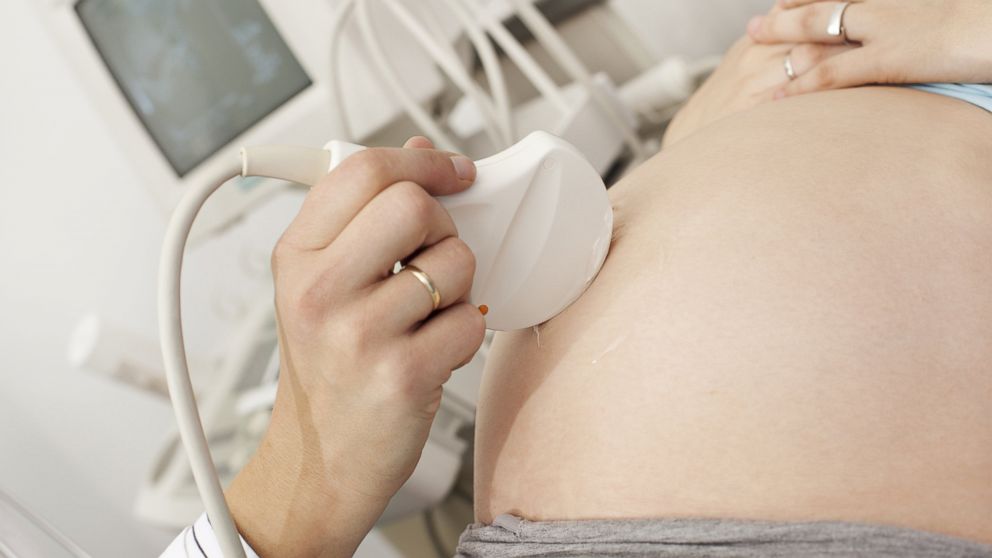Viewing Ultrasound Unlikely to Deter Women from Abortion, Study Finds
Women were over 98 percent likely to go through with procedure after ultrasound.

Jan. 31, 2014 — -- A new study has found that pregnant women who plan on having an abortion are not often dissuaded by viewing an ultrasound.
The study, designed to find out if pregnant women who view their ultrasounds are significantly less likely to go through with a planned abortion, was published this month in the Obstetrics and Gynecology Journal. It looked at the cases of more than 15,000 women, the total number of pregnant women who went to a Planned Parenthood clinic in Los Angeles in 2011 and were planning to have an abortion.
While some states mandate that women receive and view ultrasound images before having an abortion, California does not. However, the study was conducted at the Los Angeles clinic because performing an ultrasound was a routine practice for the clinic and would mimic the majority of ultrasound regulations in other states in the U.S.
Patients had the option to view either the screen or a printed image from the ultrasound, or to not view it at all.
According to the study, just over 40 percent of women chose to view their ultrasound. Of those women 98.4 percent still went through with their abortion.
For women who did not view their ultrasounds, approximately 99 percent went through with their abortions.
Katrina Kimport, a co-author of the study and an assistant professor of obstetrics, gynecology and reproductive medicine at the University of California San Francisco, said that before the findings were released, many people in the reproductive field thought it was unlikely women planning to have an abortion would choose to view their ultrasound.
“It’s an interesting finding ... you'd think women wouldn’t want to view [the ultrasound],” said Kimport. “A substantial minority are interested in the ultrasound.”
Kimport said although slightly more women who viewed their ultrasound elected not to go through with the abortion, the numbers also coincided with women who were less certain about their decision in the first place.
Approximately 7 percent of the women in the study only had a small or medium certainty in their decision to have an abortion.
The study found that the gestational age rather than an ultrasound was more likely to be an indicator of whether a woman would follow through with a planned abortion.
Women at 17 to 19 weeks gestation were 20 times more likely not to follow through with a planned abortion than women who were less than 9 weeks pregnant, according to the study.
Kimport also emphasized that in this study women were given the option of choosing to view the ultrasound, unlike in some states where they are required to see it.
“I think that there is an extent we can’t generalize this [with]a mandatory situation,” said Kimport, who said further studies were needed to understand how these different provisions affect abortion outcomes.
Kimport said some medical studies have shown that when patients feel they don’t have a say in medical care, they feel less content with the medical treatment they receive. She said it’s possible that under different circumstances the women who chose to view the ultrasound when given the option could be upset if they are forced to view the same image due to abortion regulations.
“This is absolutely an area that is really important for research to consider in the future,” Kimport said.
The study found that it was unlikely that mandatory ultrasound viewings to lead to significantly different outcomes, but that further research was needed to confirm that.
With 22 states regulating ultrasound procedures for women who want an abortion, Kimport said there is not much data in those specific states about how the procedures impact abortion.
“There clearly are a number of things going into a woman’s decision,” said Kimport. “I think the first thing [this study] tells us is a lot of the ways we understand abortion and women’s decision-making has not been deeply ground in evidence.“
Behind the Abortion Ultrasound Debate